Science at UM [S01-ep01]: From Tanzania to the Fabre Museum
On the agenda for this first program of the season: the socio-economic benefits of marine protected areas with Alicia Dalongeville from the MARBEC marine biology laboratory and Antoine Leblois from the Montpellier Center for Environmental Economics. In the second part of the program, Delphine Jullien from the mechanics and civil engineering laboratory takes us to the Fabre Museum.
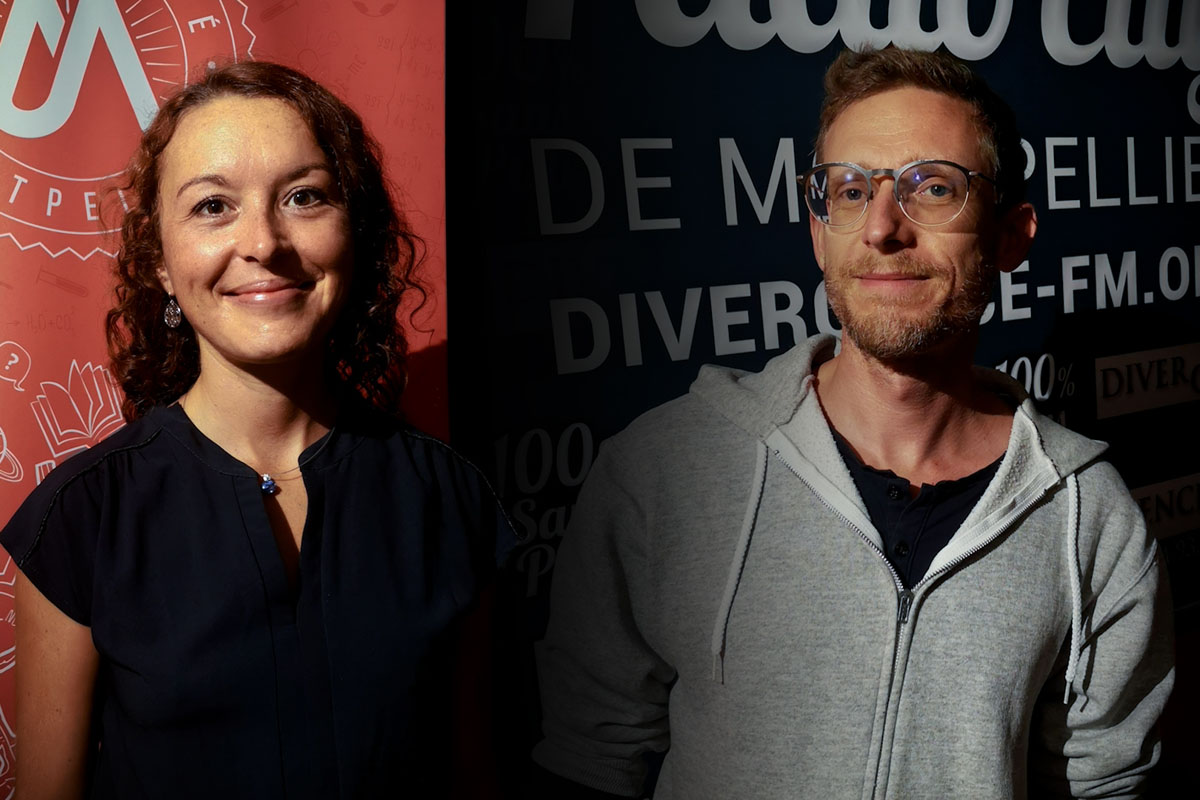
For this first issue of A l’UM la science, we turn our spotlight on Africa. On October 8, Montpellier hosted the Africa-France Summit. This provided the University with an opportunity to organize four days of scientific meetings and discussions on research and innovation on the continent. We are continuing this international event today by taking you to Tanzania.
The socio-economic benefits of marine protected areas
Beyond the idyllic beaches of Zanzibar, the great safaris of the Serengeti, the snows of Kilimanjaro, and the shores of Lake Victoria, Tanzania is one of the poorest countries on the continent, with nearly a third of its population living below the official poverty line. In such a context, fishing appears, even more than elsewhere, to be an essential resource for the inhabitants. So can we reconcile the vital needs of the population with the conservation of marine environments, which are as fragile as anywhere else due to climate change and human pressure? This is what our guests want to know. To do so, they went into the field to measure the potential socio-economic benefits of establishing marine protected areas in Tanzania. Now back from their mission, they share their initial observations with us.
With us in the studio are Alicia Dalongeville and Antoine Leblois. She is a marine biology research engineer at the MARBEC laboratory and a professional diver. He is an economist at CEE-M, the Center for Environmental Economics in Montpellier, and a specialist in water resource management and climate change adaptation.
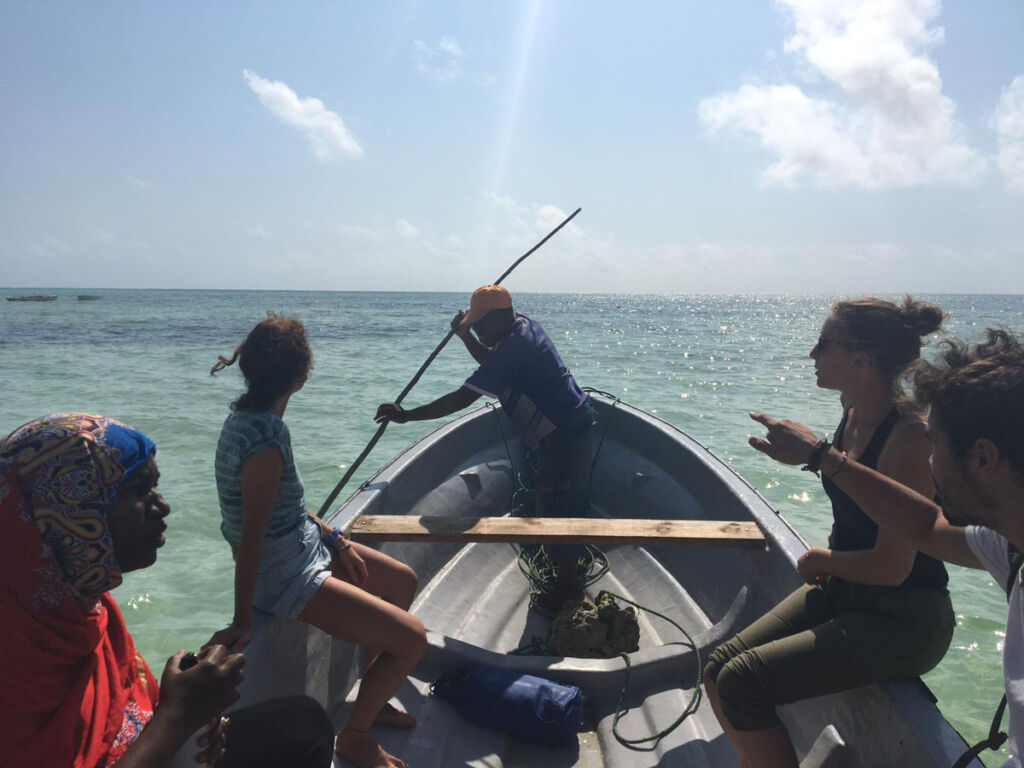
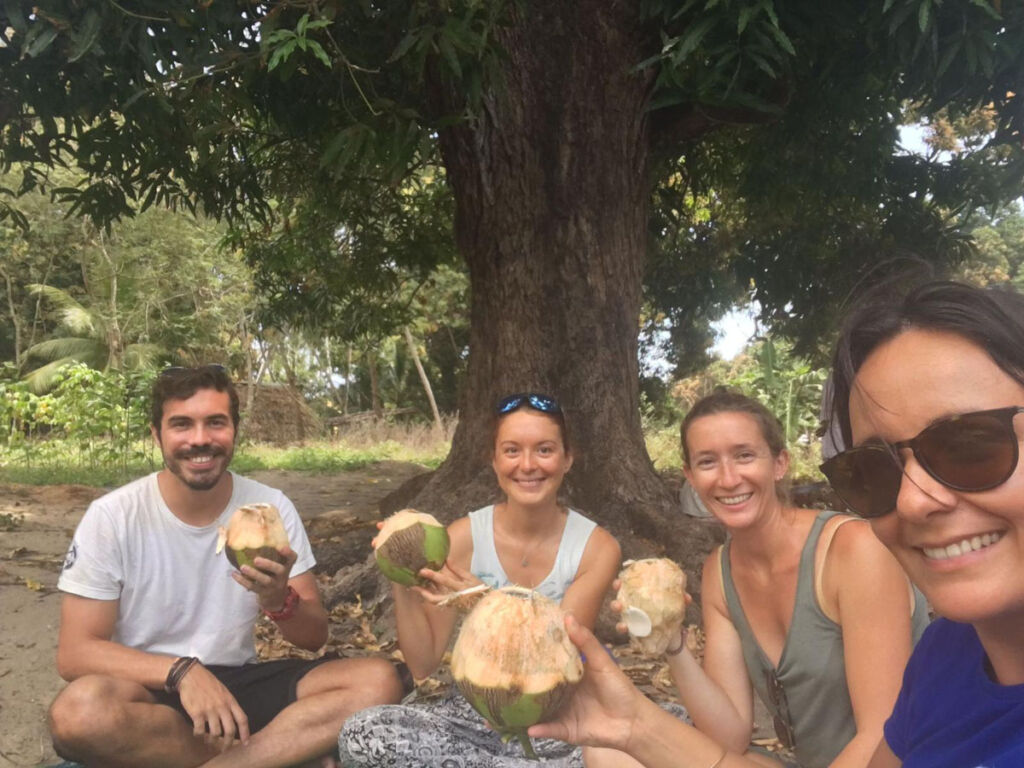
LUM Special Issue: " Africa"
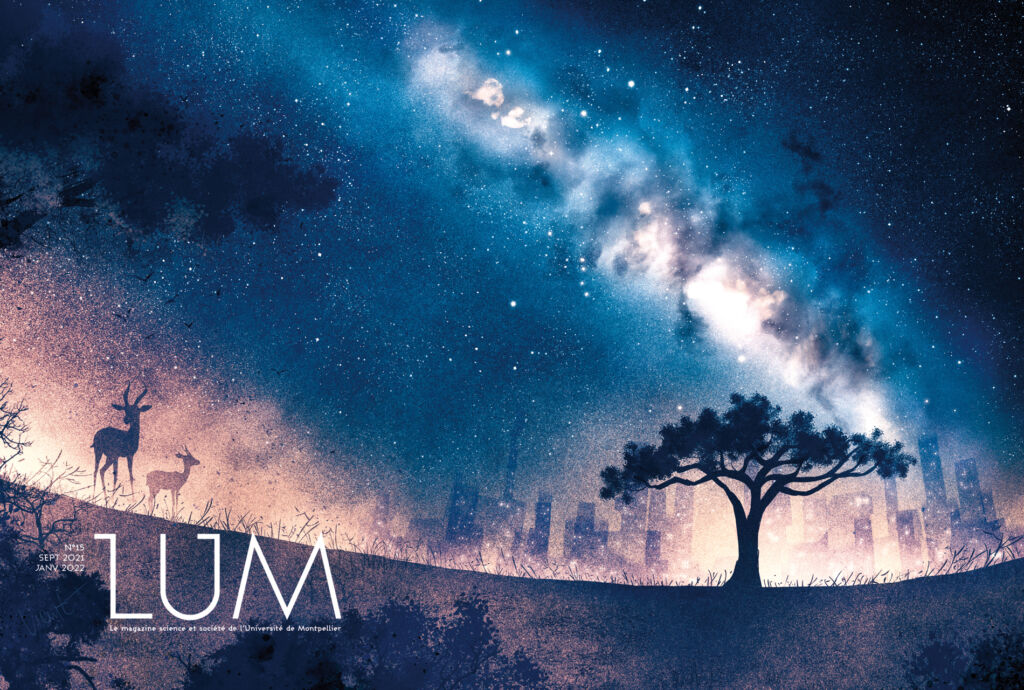
This quarter, LUM magazine brings you a special issue devoted to "Africas." Track elephants on their mysterious migrations and watch beaches disappear before your eyes. Follow the researchers who work every day to better understand issues related to water and food resources, in order to anticipate and support changes, both climatic and demographic. Meet those who fight daily against major health scourges that threaten populations, such as the Ebola virus and sleeping sickness. Findthe digital versionon the University of Montpellier website.
The climate-controlled display case at the Fabre Museum
In the second part of the program, we take you to the Fabre Museum, specifically to the Flemish Room, where Delphine Jullien, a researcher at the Laboratory of Mechanics and Civil Engineering (LMGC), and Marina Bousvarou, restoration campaign manager at the Fabre Museum, presentThe Holy Trinity Crowning the Virgin. This15th-century work was painted on four oak panels: "Movement in the wood due to variations in humidity in the environment is prevented by parquet flooring on the back of the panels, which causes cracks to appear, altering the paint layer," explains the researcher. To better understand the movement of the wood and thus better preserve this work, the LMGC team has designed a very special display case, which we will show you today.
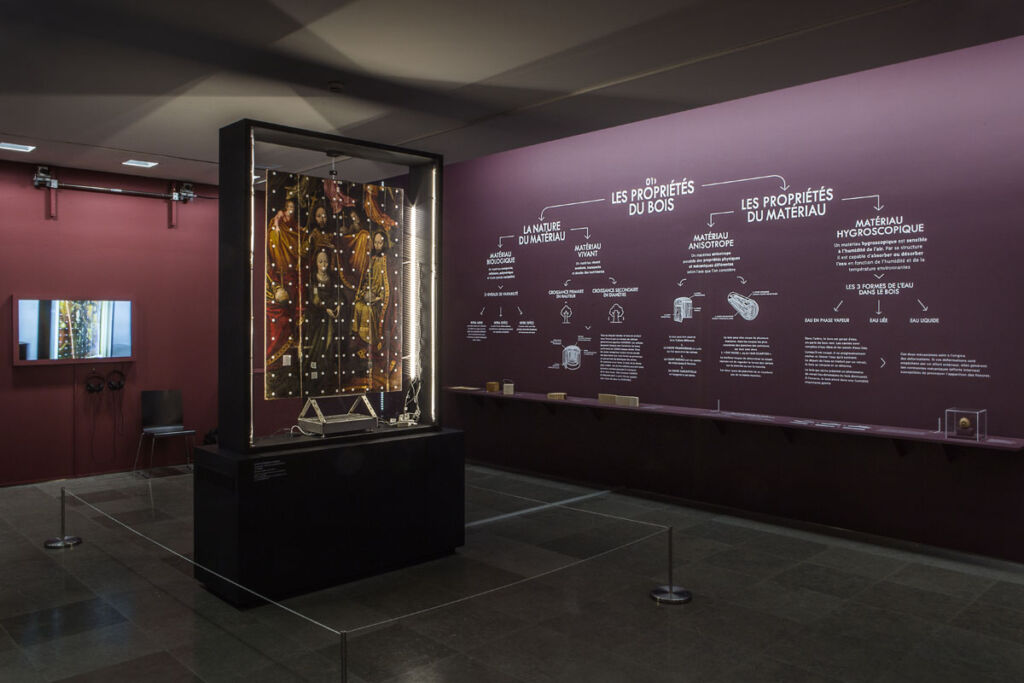
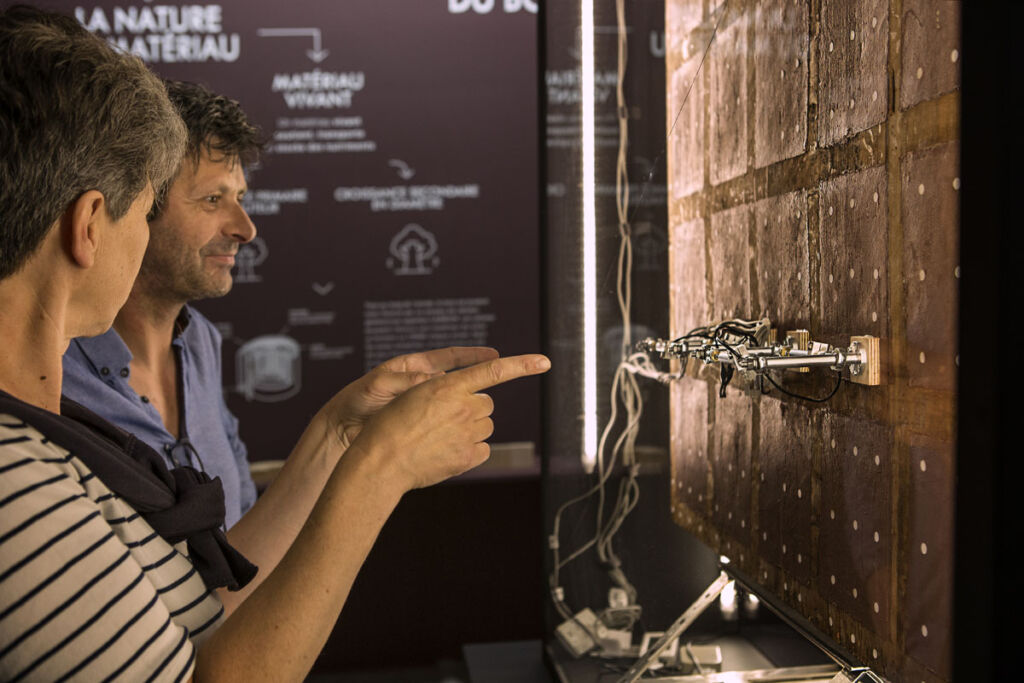
At UM Science, you have the program, so let's get started!
Co-production: Divergence FM / University of Montpellier
Host: Lucie Lecherbonnier
Interview: Aline Périault / Lucie Lecherbonnier
Reporting: Aline Périault
Editing: Bruno Bertrand
Production: Bruno Bertrand and Anna Demeulandre
Listen to the program “A l’UM la science” on Divergence FM 93.9

Find UM podcasts now available on your favorite platform (Spotify, Deezer, Apple Podcasts, Amazon Music, etc.).